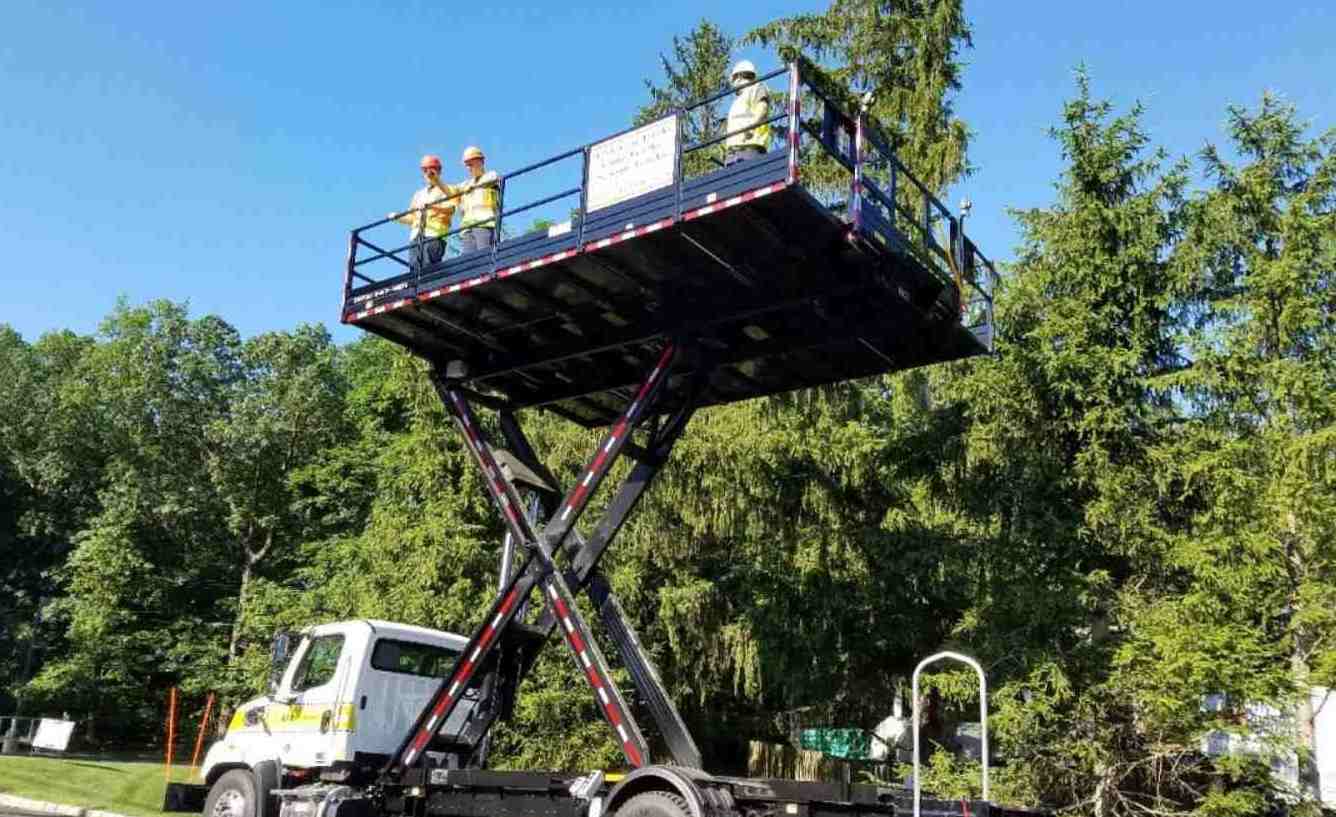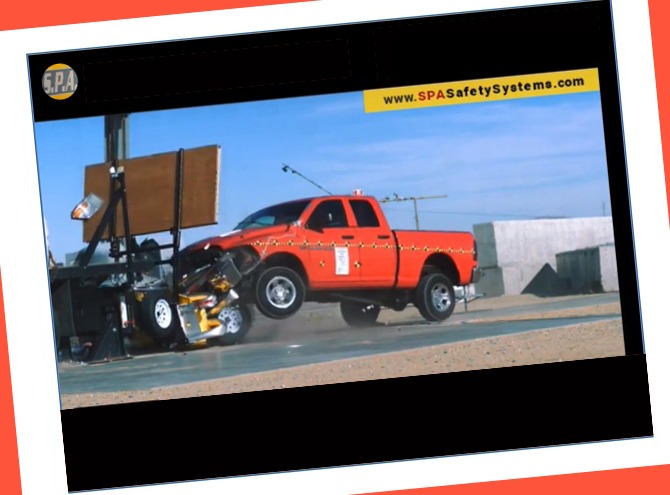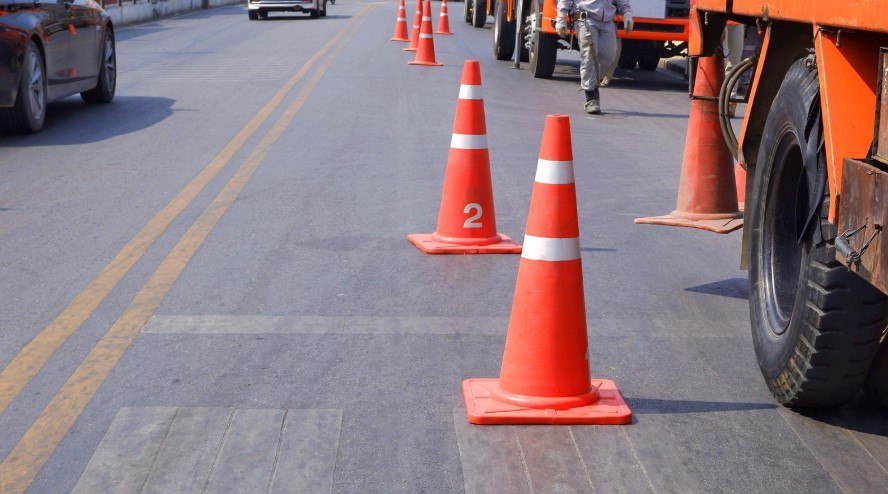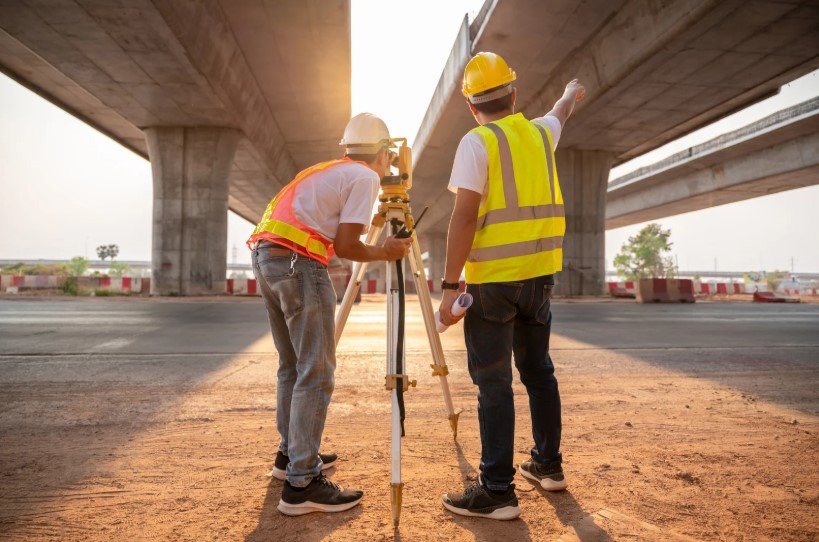Highways are among the busiest—and most hazardous—work environments in the world. Every day, road crews face speeding traffic, distracted drivers, and unpredictable conditions that put both workers and motorists at risk. That’s where TMA trucks reduce roadside risks, acting as a silent bodyguard on the shoulder. These specialized vehicles, equipped with crash cushions and warning systems, not only protect construction zones—they also save lives. By absorbing impact and signaling drivers to slow down, TMA trucks have become an essential part of modern traffic management and highway safety.
1. Hook & Human Story
It’s 2:13 a.m. on a Tuesday. A five-person maintenance crew crouches over fresh asphalt on I-75, their cones forming a fragile orange ribbon between them and the dark river of traffic. In the distance, a single pair of headlights drifts, weaving—then crossing the solid white line at 68 mph.
The flagger can only shout.
Steel meets aluminum with a thunder-crack. The intruding pickup erupts in sparks and accordion folds, but the workers feel only a gust of air. Between them and catastrophe sat a truck-mounted attenuator (TMA)—an unblinking guardian that accepted the impact, crumpled by design, and transformed what could have been five funerals into a tow-away fender-bender.
Stories like this play out more often than most travelers realize. This article peels back the curtain on how TMA trucks mitigate roadside risks, why every modern traffic control plan requires them, and what the numbers—both human and financial—reveal.
2. What Are TMA Trucks?
A TMA truck is two machines married into one purpose:
1. The host vehicle
- Medium or heavy-duty chassis (16,000 – 20,000 lb).
- Flashing arrow or message board, high-intensity strobes, brake upgrades.
2. The truck-mounted attenuator
- A collapsible cartridge of aluminum honeycomb, steel struts, or proprietary energy-absorbing cells bolted to the rear.
- Hydraulics raise or lower the cushion for travel or deployment.
Think of it as a crash-tested shield on wheels—one that’s been smashed in controlled labs dozens of times so crews won’t be during the one uncontrolled moment that truly matters. The Federal Highway Administration classes TMAs as “impact protection vehicles,” and most units now meet MASH TL-3 criteria—meaning they safely arrest a 5,000 lb pickup striking at 62 mph.¹
3. The Science of Impact Protection
Physics is merciless:
- Impact energy rises with the square of speed.
- A 4,000 lb car at 60 mph carries ~480,000 ft-lb of kinetic energy—about the punch of 200 sticks of dynamite.
Rigid obstacles return that energy to occupants in milliseconds; bodies can tolerate roughly 20–25 G before fatal trauma. TMAs stretch the stopping distance to lower that “G-whip.”
How it works:
- Progressive Crush – Honeycomb cells collapse sequentially, much like crumpling one soda can at a time instead of the whole six-pack at once.
- Momentum Transfer – The heavy host truck absorbs residual force and rolls forward slightly, further bleeding energy.
- Occupant Survival Zone – Deceleration inside the striking vehicle is slowed to <20 G and <40 ft/s delta-V—thresholds shown by NHTSA to keep seat-belted drivers alive with survivable injuries.²
MASH tests film high-speed dummy motion; neck and chest loads plummet by 70–80 % when a TMA replaces a rigid trailer, proving the life-versus-death delta.
4. Why Roadside Risks Are Rising
- Traffic Volume Up – U.S. vehicle-miles traveled hit a record of 3.26 trillion in 2023.³
- Distracted Driving Epidemic – 31 % of drivers admit to texting behind the wheel in the past month.⁴
- Higher Operating Speeds – Posted limits have inched from 55 to 70+ mph on many corridors.
The result: work-zone fatal crashes jumped 56 % from 2010 to 2022, outpacing overall roadway deaths.⁵ Behind every hard hat is someone’s spouse or child; every shift begins with the unspoken hope that all cones get picked up by the same hands that set them out. Highways, like restless beasts, strike without warning—TMAs stand as the trainer’s shield.
5. How TMA Trucks Reduce Risks
- Impact Absorption – The core mission. A 2020 Texas A&M study tracked 62 real-world TMA impacts, resulting in zero worker injuries and two minor injuries to motorists.⁶
- Mobile Warning Beacon – High-mounted arrow boards and 360° strobes catch drivers’ eyes sooner than cones do, buying precious reaction time.
- Dynamic Buffer Zone – During moving operations (striping, sweeping), the TMA shadow vehicle maintains a 50–100 ft gap, expanding the safety envelope around slow equipment.
- Night-Work Illumination – LED scene lights on modern units turn blacktop into daylight, reducing slips, trips, and fall hazards for the crew.
- Psychological Brake – Motorists naturally lift off the gas when they see a large truck blocking a lane, softening approach speeds even when no crash occurs.
Case in Point: Florida DOT
After mandating one TMA per crew on limited-access highways in 2018, the FDOT recorded a 73% reduction in serious work-zone intrusions in the first two years. Insurance payouts to contractors fell by $8.6 million—a fiscal echo of lives not lost.
6. Beyond Safety: Economic and Legal Benefits
- Liability Shield – A single fatal work-zone crash can exceed $11.4 million in litigation and societal costs (USDOT VSL, 2024). Preventing even one pays for an entire state’s fleet of TMAs.
- Insurance Premium Leverage – Underwriters often grant 10–30 % discounts when certified attenuators are standard operating equipment.
- Regulatory Compliance – MUTCD Part 6 and OSHA 29 CFR 1926 reference impact protection vehicles for most lane closures >45 mph; non-use can trigger citations or project shutdowns.
- Schedule Resilience – Crews avoid days-long investigations and equipment loss after a serious crash, protecting critical-path timelines and contract incentives.
7. Real-World Examples & Success Stories of TMA Trucks
- Missouri, June 2023 – A drowsy box truck hit a stationary TMA at 64 mph. The driver walked away; the paving crew, 90 feet downstream, continued working. Damage: $32k. Savings: six uninjured workers.
- Queensland, AUS, 2021 – An autonomous “follower” TMA, shadowing a paint rig, took the hit from a sedan; because no one was in the cab, zero injuries occurred. Technology is now being exported to U.S. pilots.
- New Jersey Turnpike, 2019 – Winter pothole patrol protected by dual TMAs saw a 40-ton semi strike the rear unit. The front unit still shielded the patch crew. Turnpike Authority credited TMAs with “preventing catastrophic loss of life.”
8. Conclusion & Call to Action
Highway shoulders will never be boardrooms. They are loud, windy arenas where tons of steel rocket past at the rate of two football fields per second. In that arena, TMA trucks are the unheralded bodyguards—absorbing blows meant for fathers, mothers, sons, and daughters.
If you manage a construction firm, DOT district, or municipal fleet, ask yourself:
- Are TMAs written into every traffic control plan?
- Are operators trained to deploy and inspect them on a daily basis?
- Do we budget for replacements before we learn the hard way what “too late” feels like?
Every shift that ends safely is an invisible headline: “Nothing Happened Tonight.” Make sure tomorrow’s headline remains the same. Invest in the shield that never complains, never sleeps, and never hesitates to lay down its life.
Because the accurate measure of a job well done isn’t just a paved lane—it’s every worker clocking out alive.








